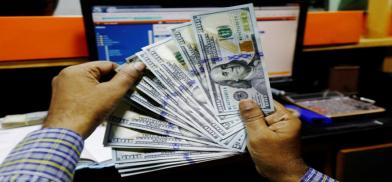Bangladesh’s development model matches success seen in South Korea, China: WSJ
Bangladesh is becoming South Asia's "economic bull case" and is notable for being the "closest proxy" for the successful development models seen at various stages in South Korea, China and Vietnam

Bangladesh is becoming South Asia's "economic bull case" and is notable for being the "closest proxy" for the successful development models seen at various stages in South Korea, China and Vietnam.
The reputed US-based business daily Wall Street Journal (WSJ) in its March 3 article, titled 'Bangladesh is becoming South Asia’s economic bull case,' said Bangladesh's exports have risen by around 80 percent in US dollar terms in the past decade through the country's booming garment industry, while India and Pakistan's exports have declined marginally.
In 2011, Bangladesh's GDP per capita in US dollar terms was 40 percent below India's. Bangladesh's GDP per capita caught up last year due to India's pandemic-related slump, but the International Monetary Fund (IMF) expects the gap will not widen any time soon.
Lauding Bangladesh booming economy, the article said that Bangladesh provides the world with another example that export-led development has the best modern-day track record of moving countries from very low-income levels into middle-income status.
The article follows in the wake of the UN Committee for Development Policy’s recent recommendation that Bangladesh graduate from Least Developed Country (LDC) status.
"There are other factors in the country’s favor as far as its development model goes: a very young demographic structure, a continued competitive edge in terms of wage levels, strong and rising female labor-force participation especially relative to the rest of South Asia," the article added.
The article also suggested that Bangladesh's meteoric economic rise should be accompanied by greater cooperation in Southeast Asia.
Bangladesh finds itself outside of multilateral Asian economic cooperation like Association of Southeast Asian Nations (ASEAN), Regional Comprehensive Economic Partnership (RCEP), or the Comprehensive and Progressive Trans-Pacific Partnership (CPTPP), the newspaper said.
It suggested that diversifying the country's manufacturing exports through greater participation in intra-Asian supply chains and closer economic relationship with neighbours in the east can provide better results.
The article citing Vietnam and Cambodia’s example suggested that Bangladesh's next step should be to transition towards higher-value forms of manufacturing and exporting.









Post a Comment